Post by CatPix on Dec 11, 2016 15:12:55 GMT -5
Ah memories... "Have you got a PET at home?" is the sentance that my English teacher used to introduce us to the word "pet". Hilarity ensued; in French PET litteraly mean "fart".
Anyway, now I can say that yes, I have a PET at home; of course, the kind with chips, not fleas (lost in translation joke : both "flea" and "chips" translate as "puce" in French...)
Long story short, I saw an add for a CBM 4016; I offered 75€uros for it, and the seller accepted... if I drove to pick it up, since shipping such a fragile old beast is pretty much out of question.
While this guy is certainly a retrogamer, his main focus are consoles. So (probably because of his wife ) he showed me more machines, and sold them for a ridiculous price.
) he showed me more machines, and sold them for a ridiculous price.
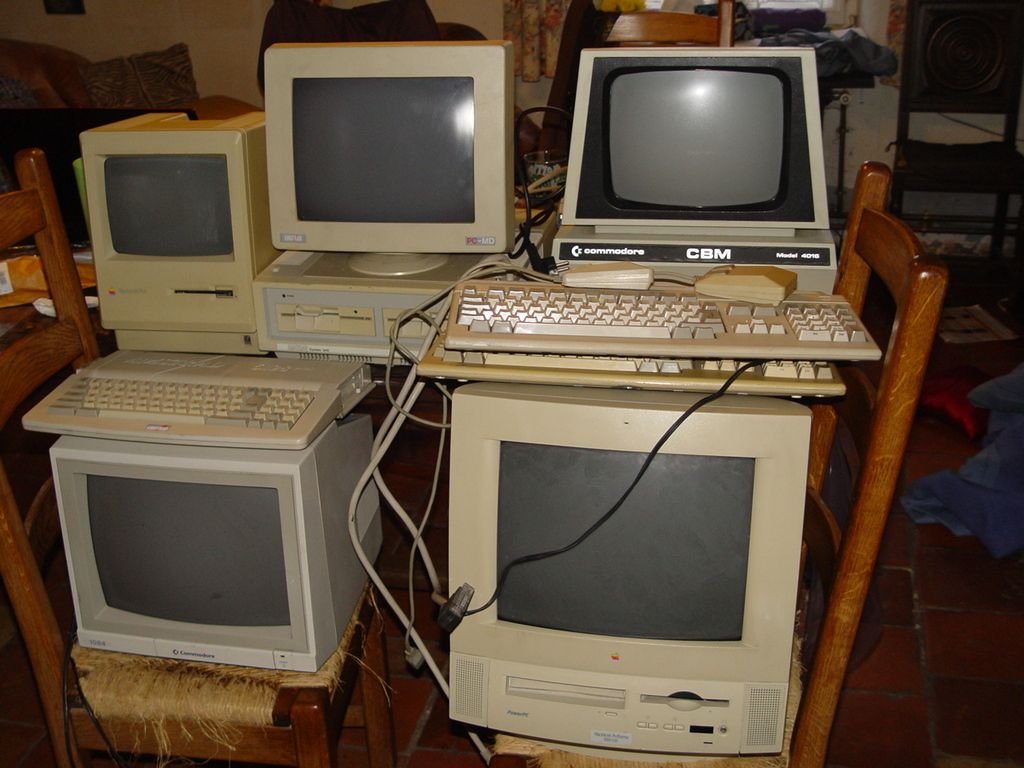
Yaay, grey plastic to the rescue!

The Mac Classic need no introduction.
The Amstrad 6128 Plus is an upgrade over the 464/6128 series. More colors, a better chip arrangement that allowed for smoother operation, and a cart port.
The Amstrad PC1512 is a nice IBM-PC compatible. It feature some nice options, such as being provided with a mouse, a volume knob for the PC speaker, a joystick port on the keyboard.
The Joystick port on the keyboard is wired on unused character from the keyboard, allowing to use a joystick on any PC game that allow you to use your own keys.
This is why we liked Amstrad.
On the other hand, the mouse is an Amstrad standard so neither IBM PC COM mouses, Atari or Commodore mouses work on it, and some software wouldn't recognize it.
Also, the power supply is located in the display, not in the unit. It make it amazingly light, but meant that you couldn't upgrade your display easily unless you acquired a separate power supply or an Amstrad monitor. It's one reason Amstrad ultimately failed to stay in the PC market...
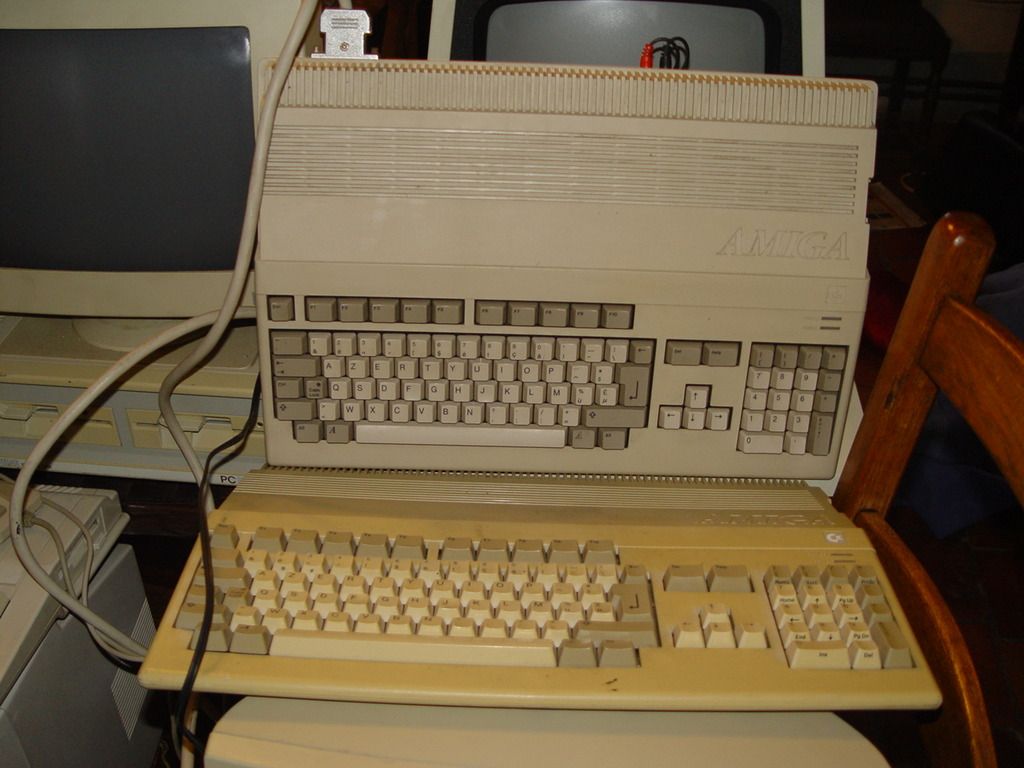
Two untested Amiga A500, of different generation.
The whiter one is more recent, or so I believe (a sticker in it says that it was made/tested in 1987). Does this explain why it remained white?
The mouses that come with them are from Malaysia and Hong Kong, so there is a difference there.
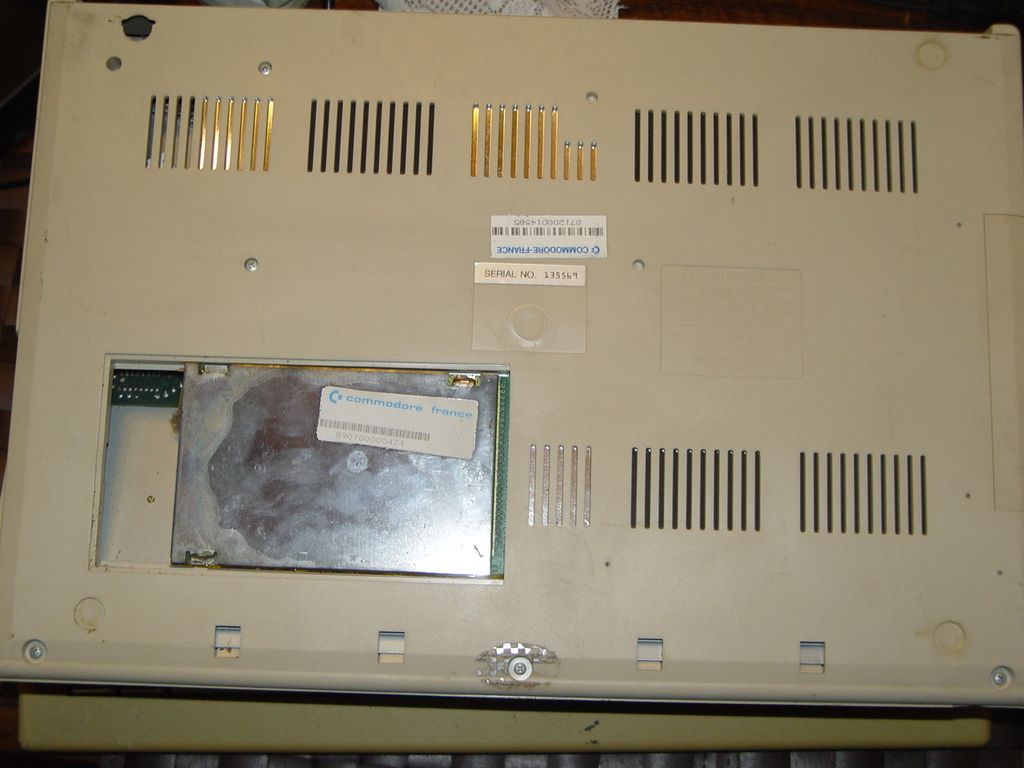
The white one feature a "Commodore France" stickers, that I rarely see. But like the yellowed one, it was "made in West-Germany".
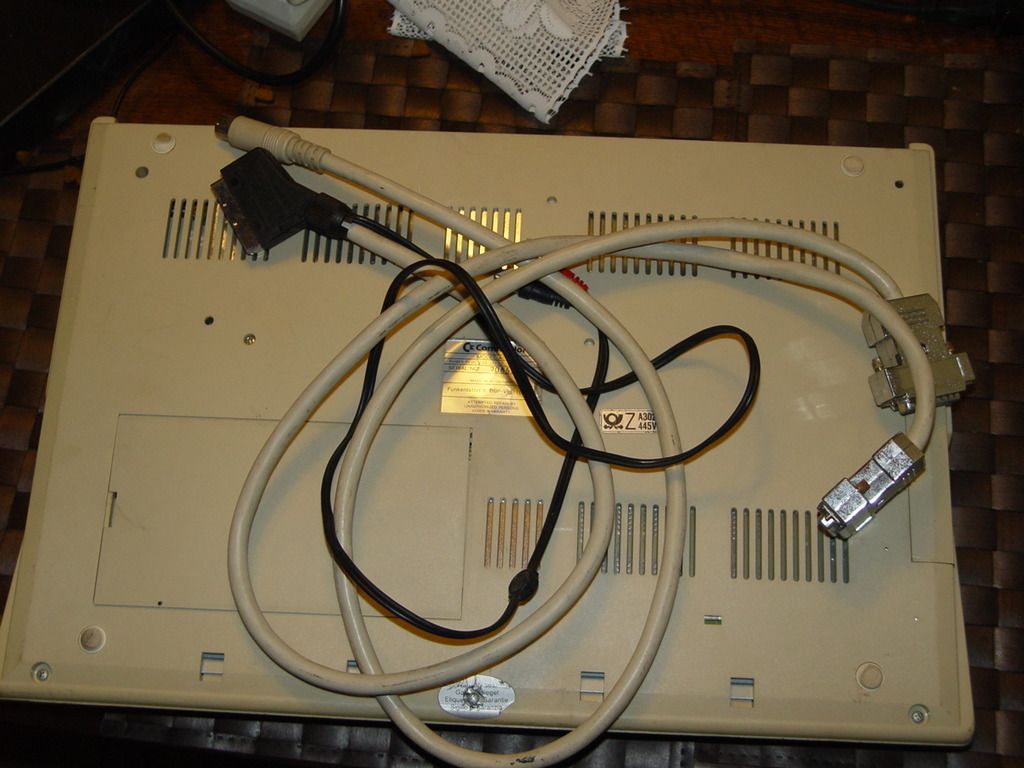
An original RGB TTL video cable, and a modified one with SCART. Note that the European (French?) Commodore 1084 screen come with a SCART input so both cables can be used on it, but the SCART one can connect to a regular TV.
And of course, the main reason why I got all of this :

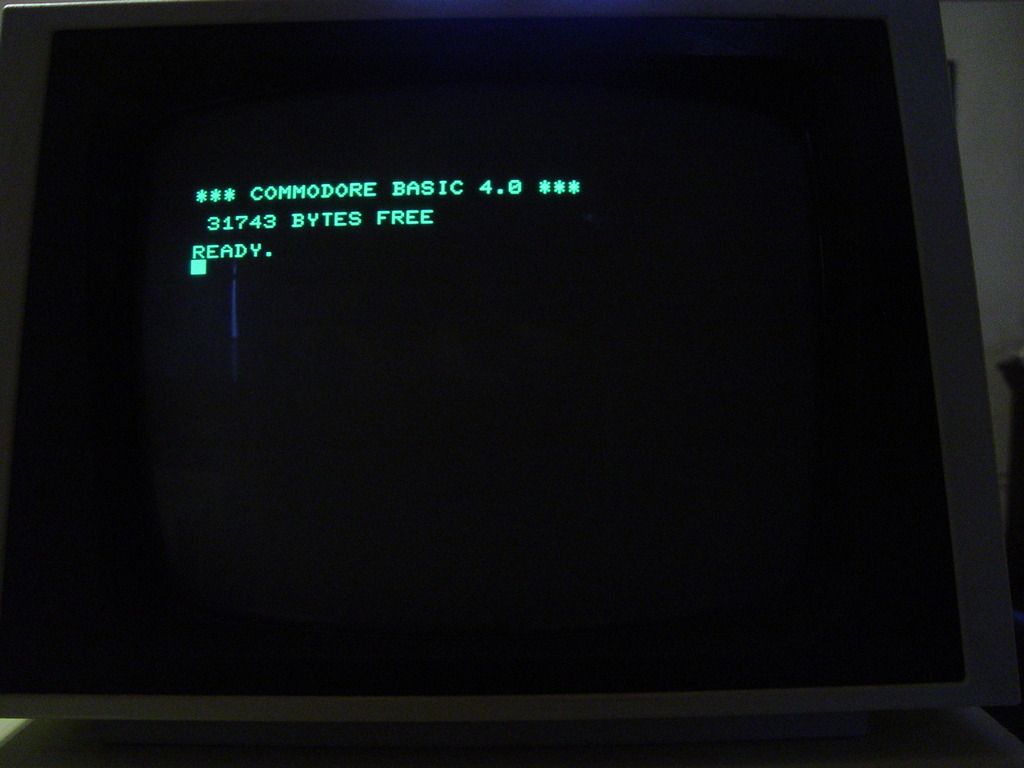
Ready? Sure I am!
Anyway, now I can say that yes, I have a PET at home; of course, the kind with chips, not fleas (lost in translation joke : both "flea" and "chips" translate as "puce" in French...)
Long story short, I saw an add for a CBM 4016; I offered 75€uros for it, and the seller accepted... if I drove to pick it up, since shipping such a fragile old beast is pretty much out of question.
While this guy is certainly a retrogamer, his main focus are consoles. So (probably because of his wife
 ) he showed me more machines, and sold them for a ridiculous price.
) he showed me more machines, and sold them for a ridiculous price.
Yaay, grey plastic to the rescue!

The Mac Classic need no introduction.
The Amstrad 6128 Plus is an upgrade over the 464/6128 series. More colors, a better chip arrangement that allowed for smoother operation, and a cart port.
The Amstrad PC1512 is a nice IBM-PC compatible. It feature some nice options, such as being provided with a mouse, a volume knob for the PC speaker, a joystick port on the keyboard.
The Joystick port on the keyboard is wired on unused character from the keyboard, allowing to use a joystick on any PC game that allow you to use your own keys.
This is why we liked Amstrad.
On the other hand, the mouse is an Amstrad standard so neither IBM PC COM mouses, Atari or Commodore mouses work on it, and some software wouldn't recognize it.
Also, the power supply is located in the display, not in the unit. It make it amazingly light, but meant that you couldn't upgrade your display easily unless you acquired a separate power supply or an Amstrad monitor. It's one reason Amstrad ultimately failed to stay in the PC market...

Two untested Amiga A500, of different generation.
The whiter one is more recent, or so I believe (a sticker in it says that it was made/tested in 1987). Does this explain why it remained white?
The mouses that come with them are from Malaysia and Hong Kong, so there is a difference there.

The white one feature a "Commodore France" stickers, that I rarely see. But like the yellowed one, it was "made in West-Germany".

An original RGB TTL video cable, and a modified one with SCART. Note that the European (French?) Commodore 1084 screen come with a SCART input so both cables can be used on it, but the SCART one can connect to a regular TV.
And of course, the main reason why I got all of this :


Ready? Sure I am!
